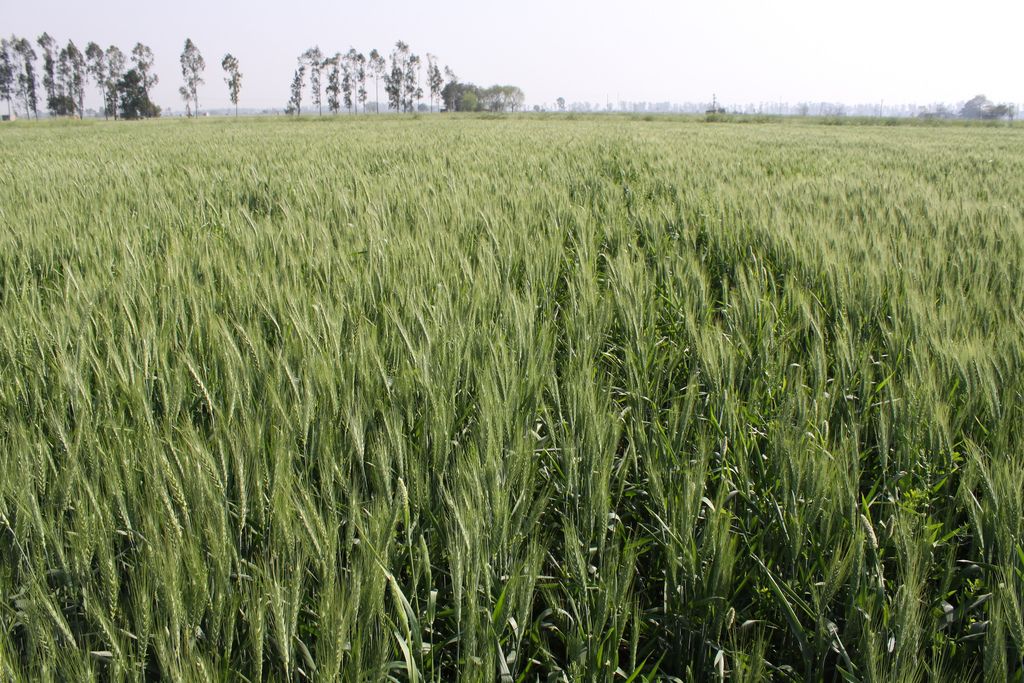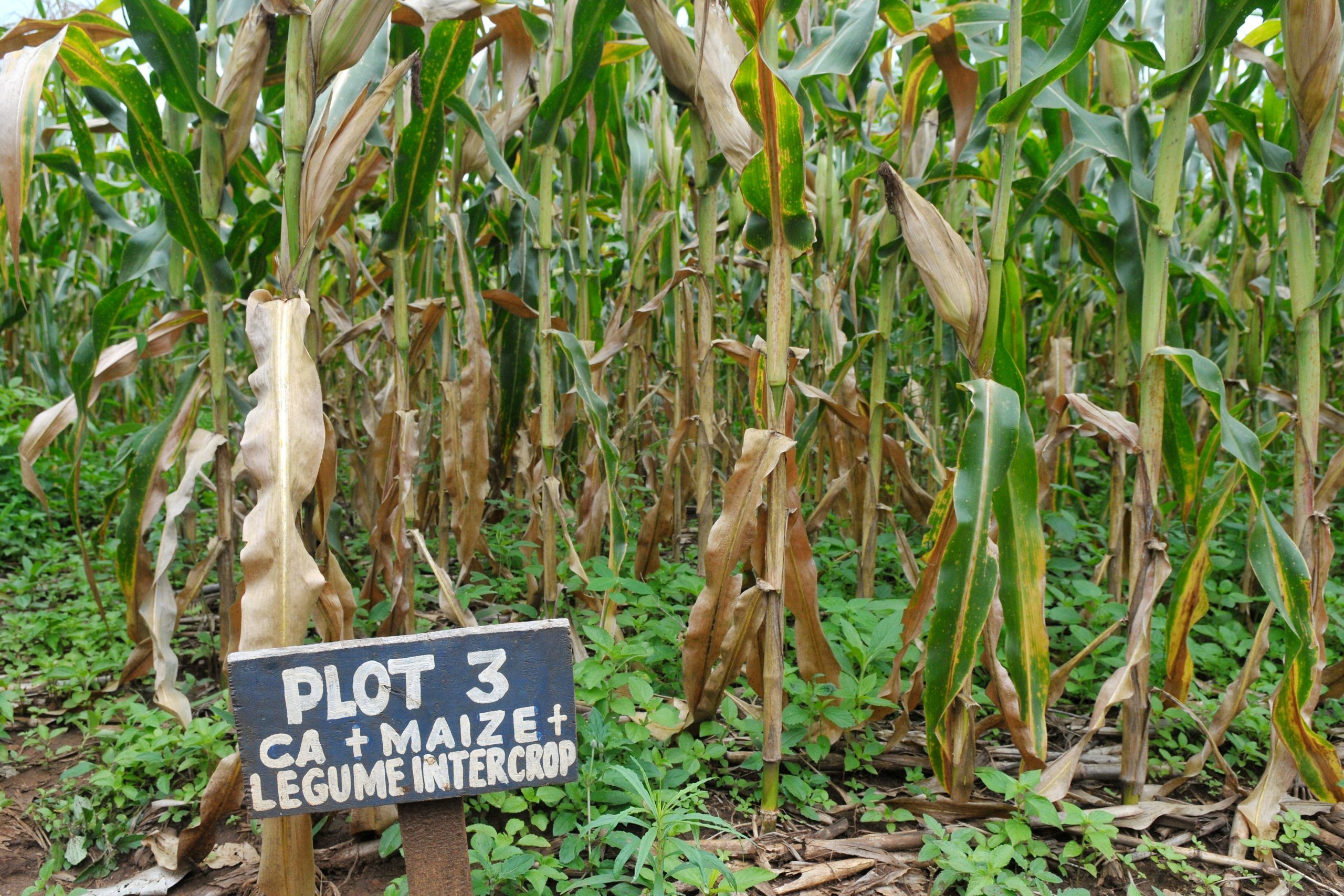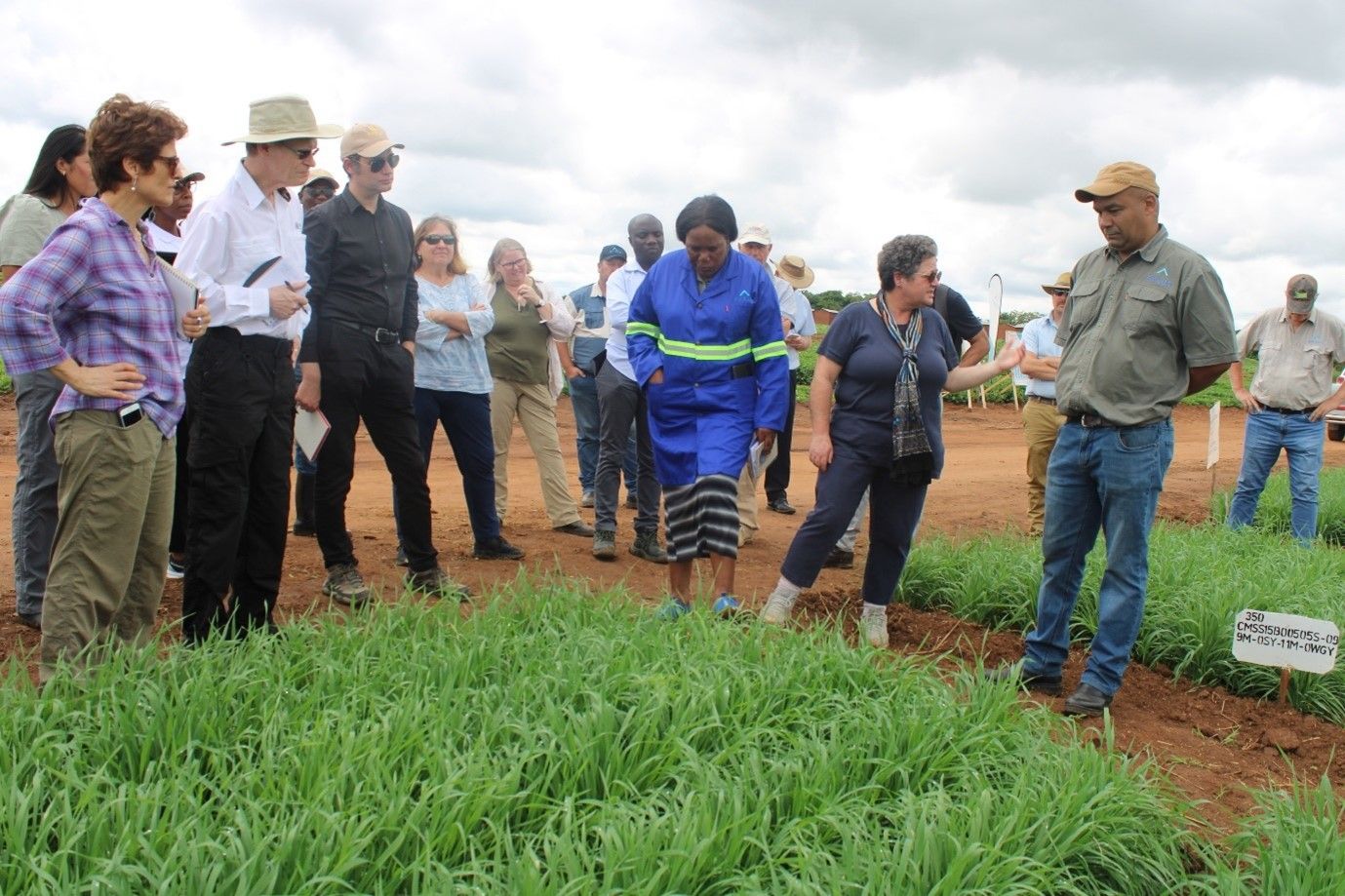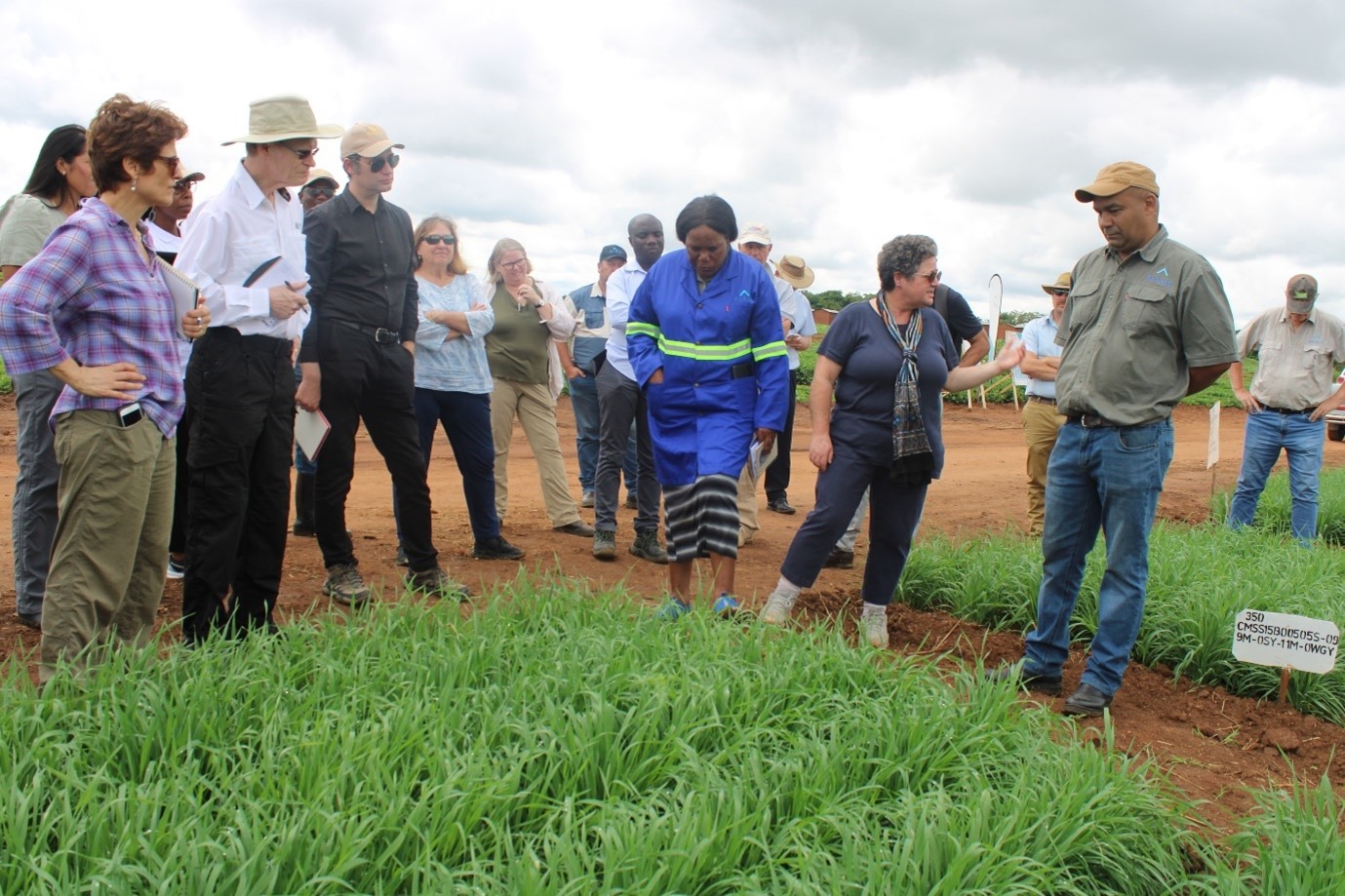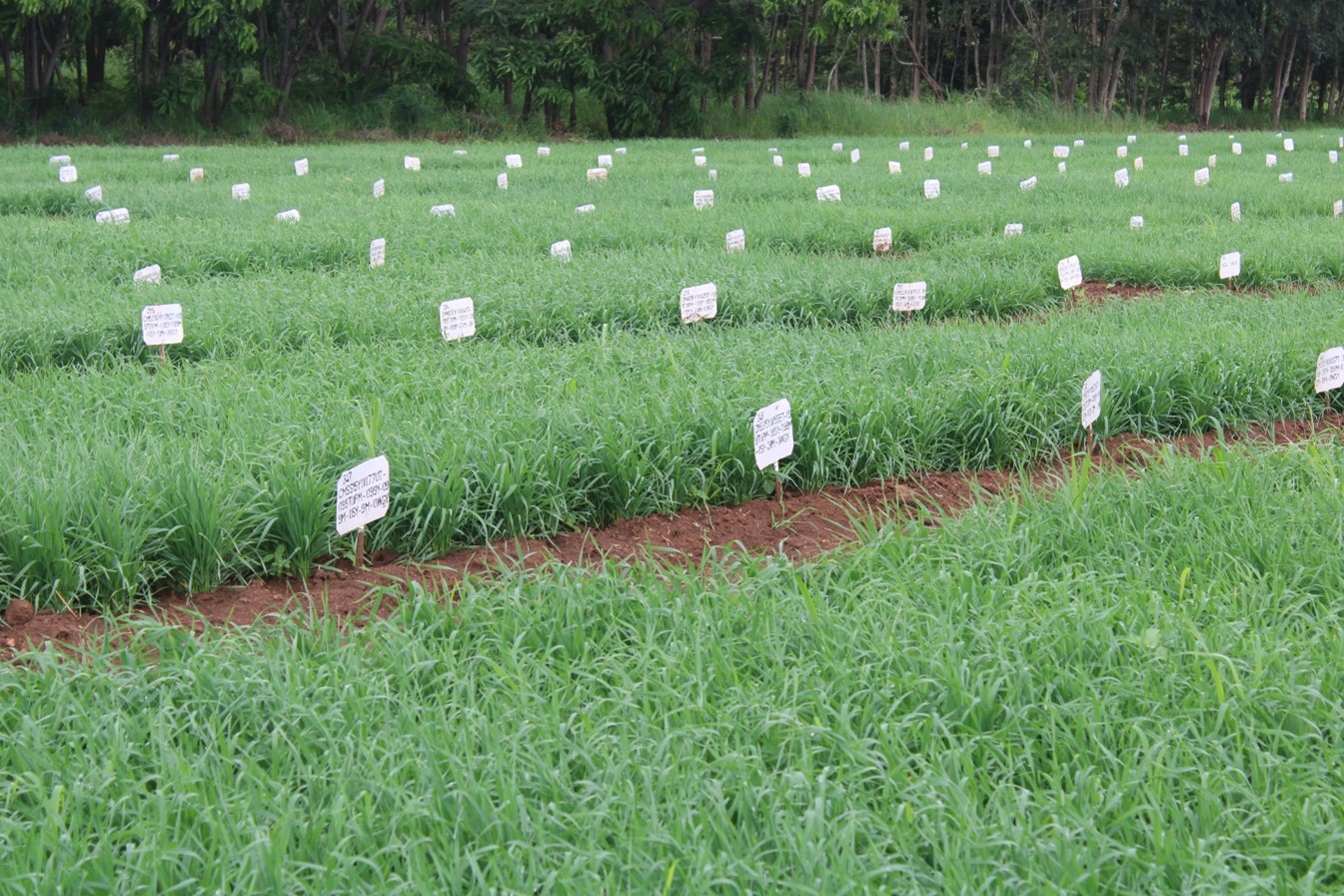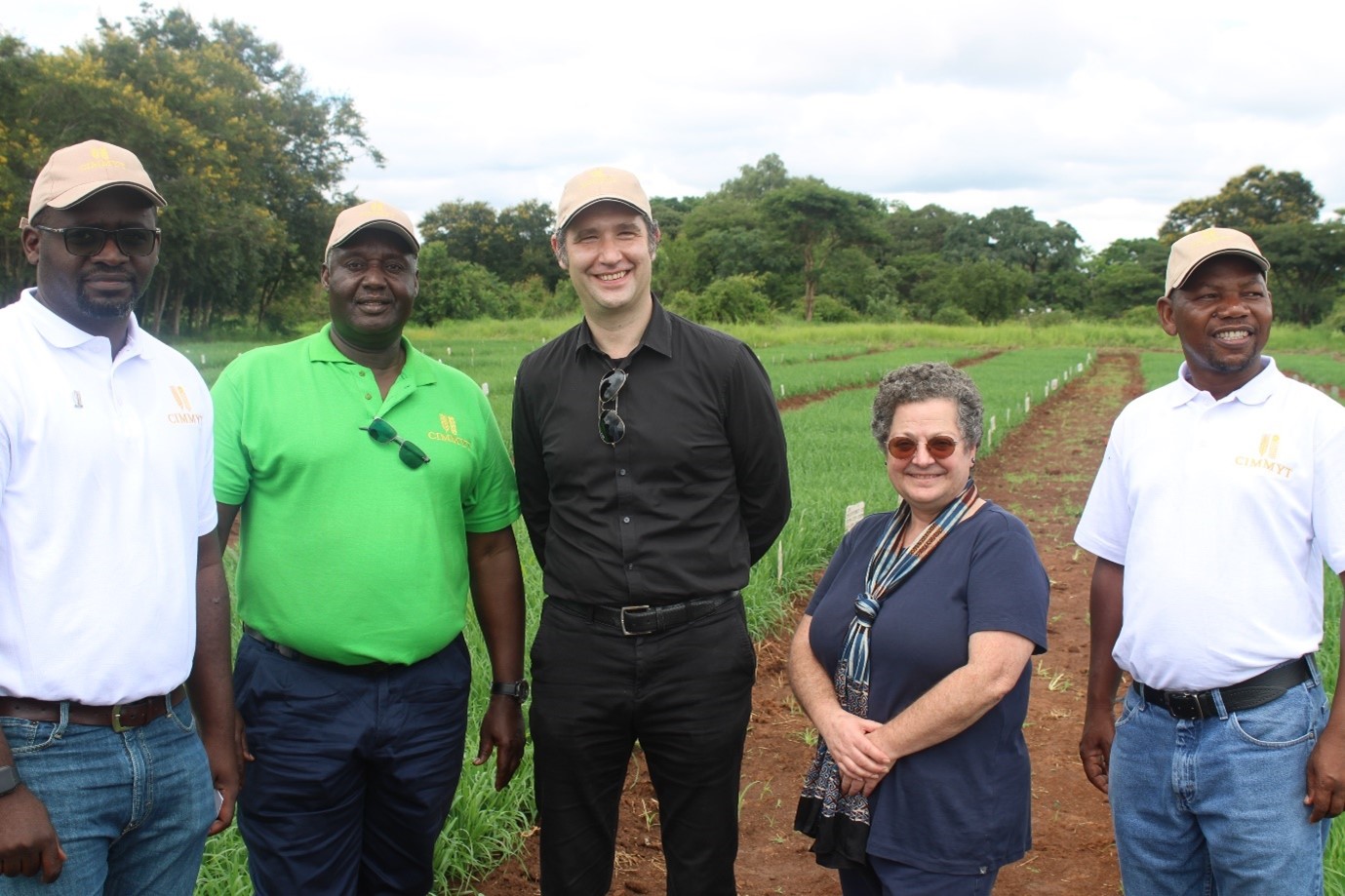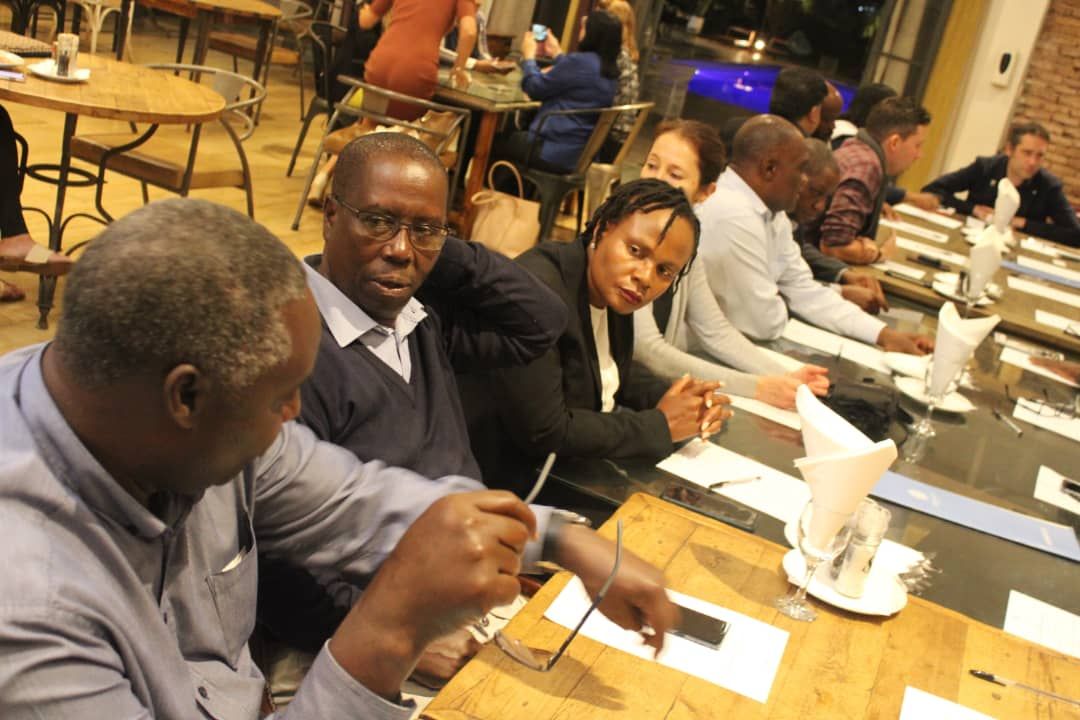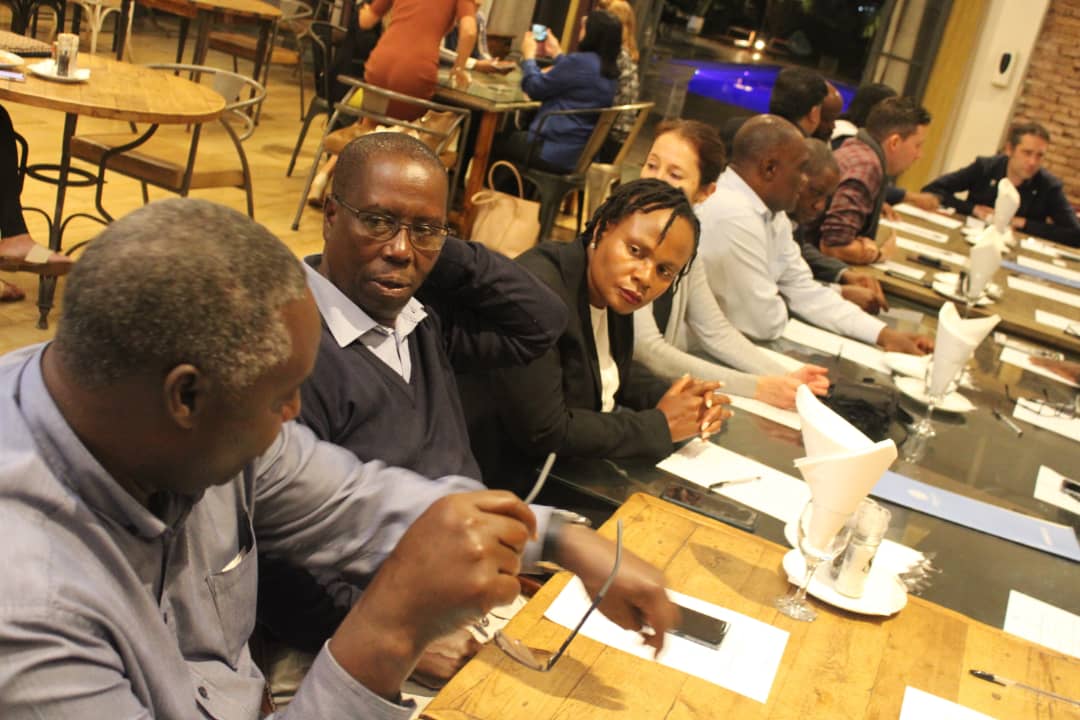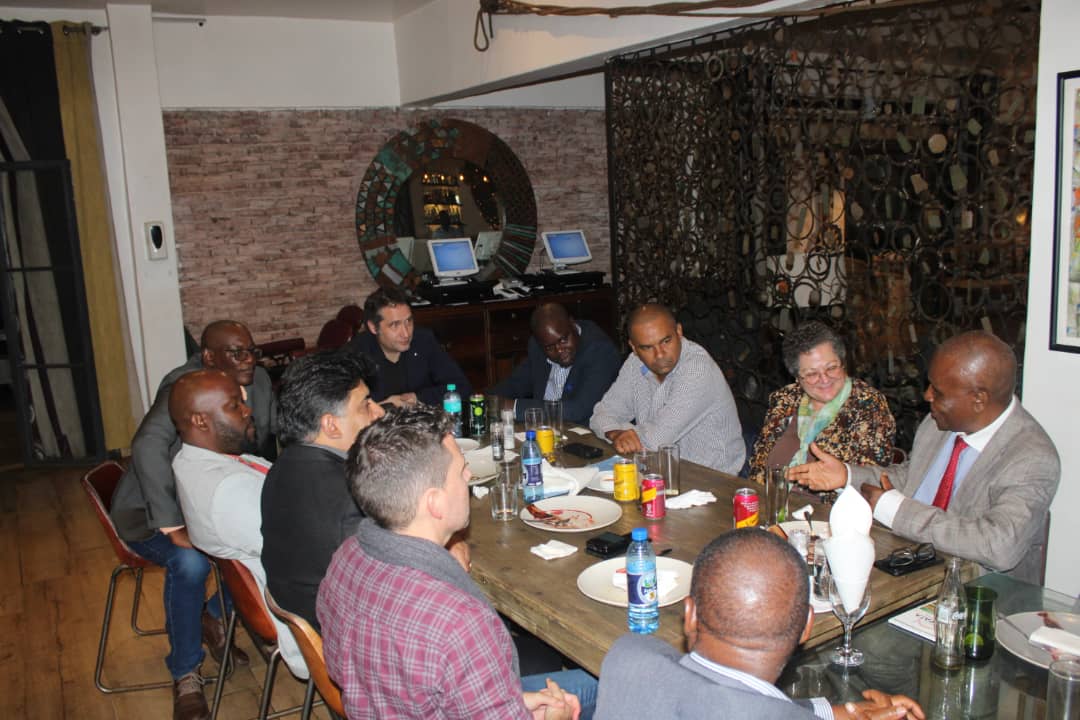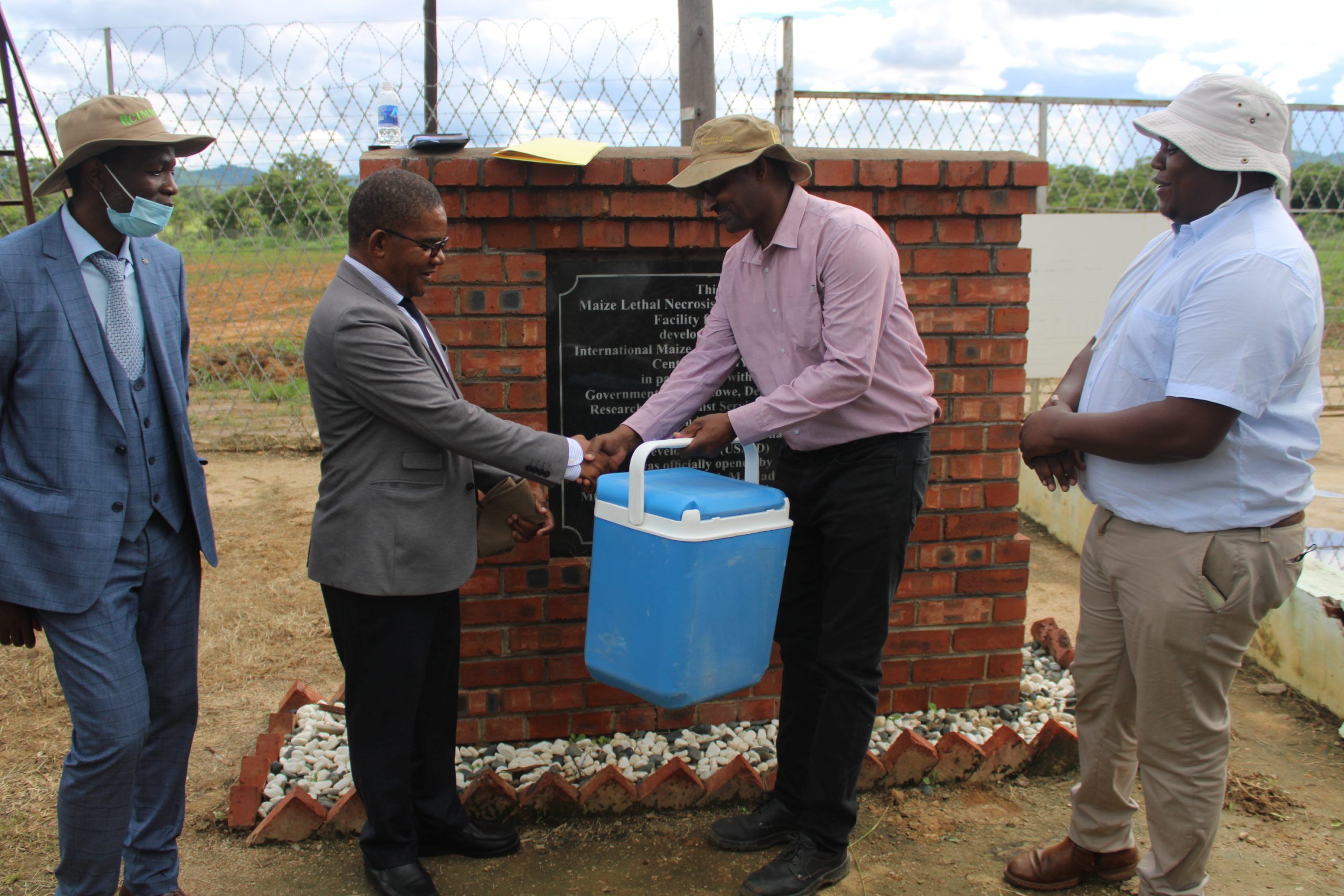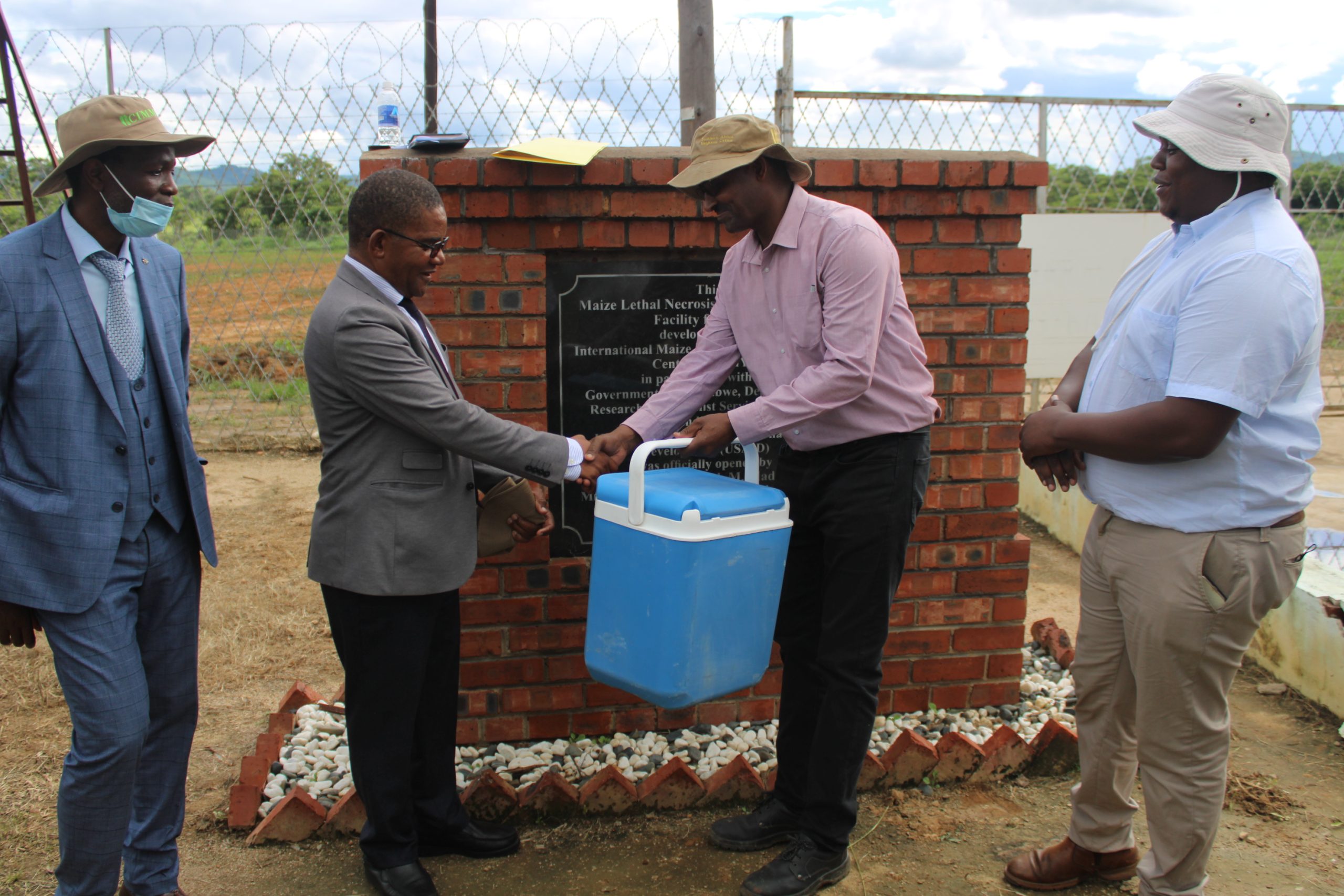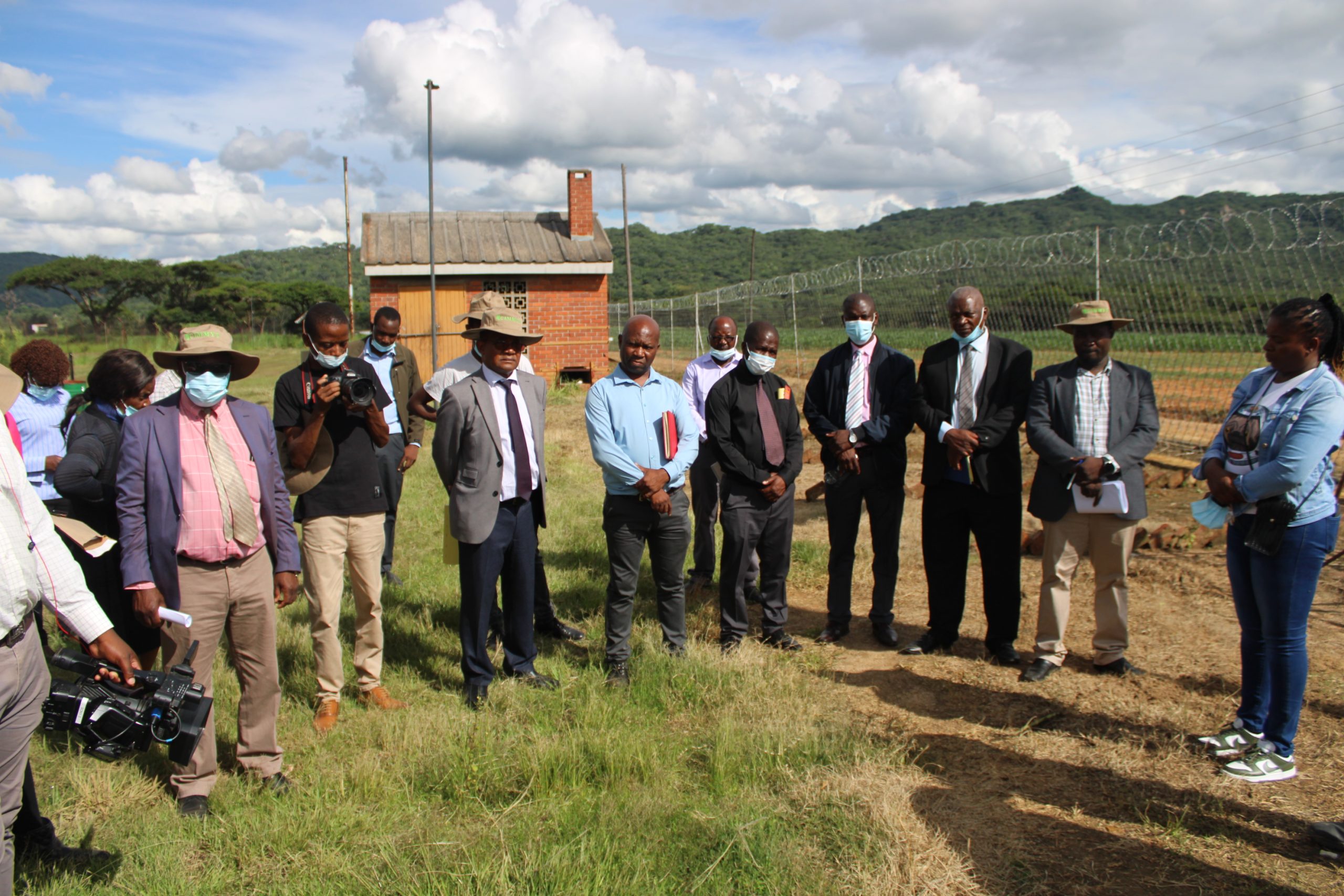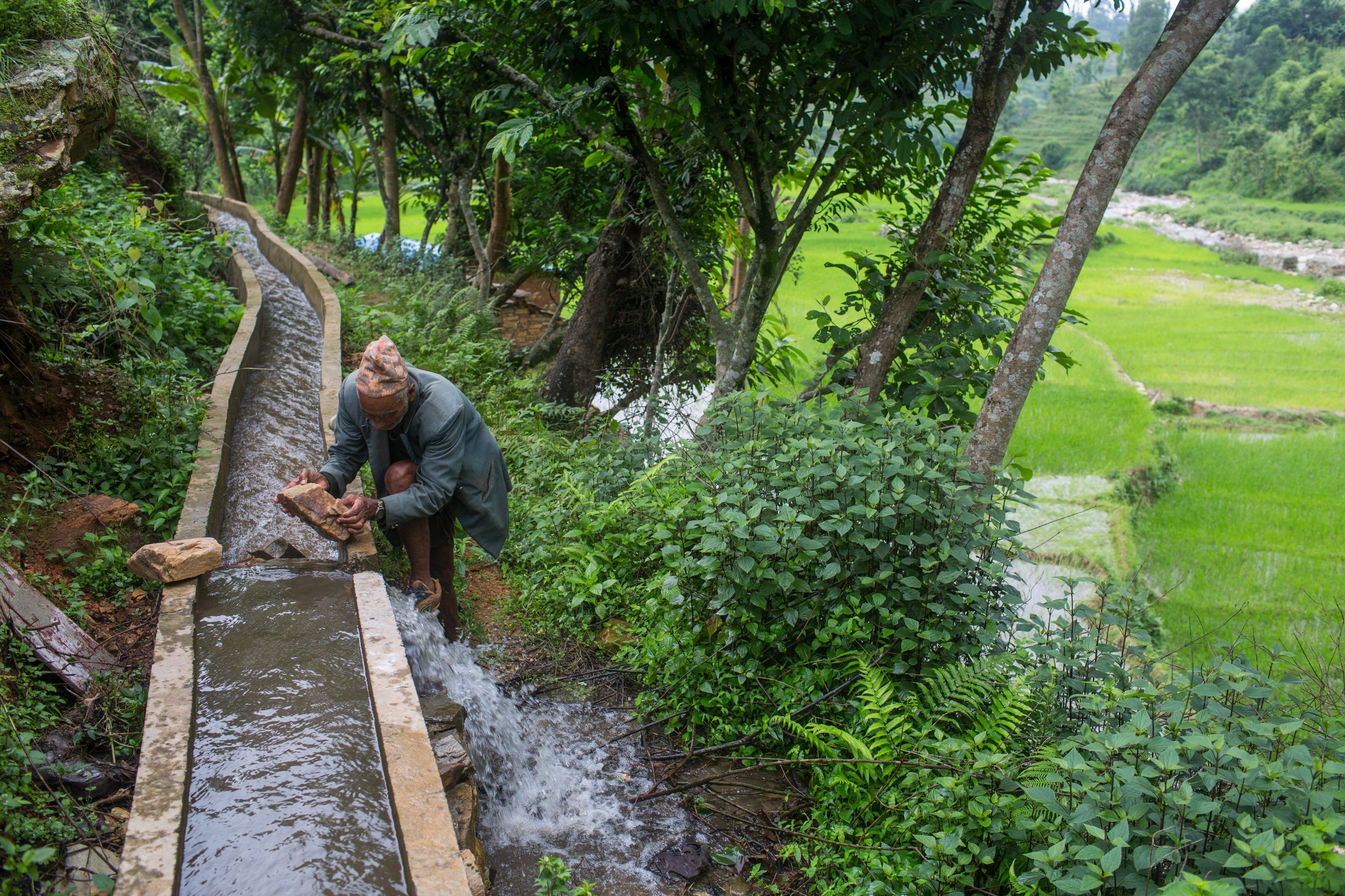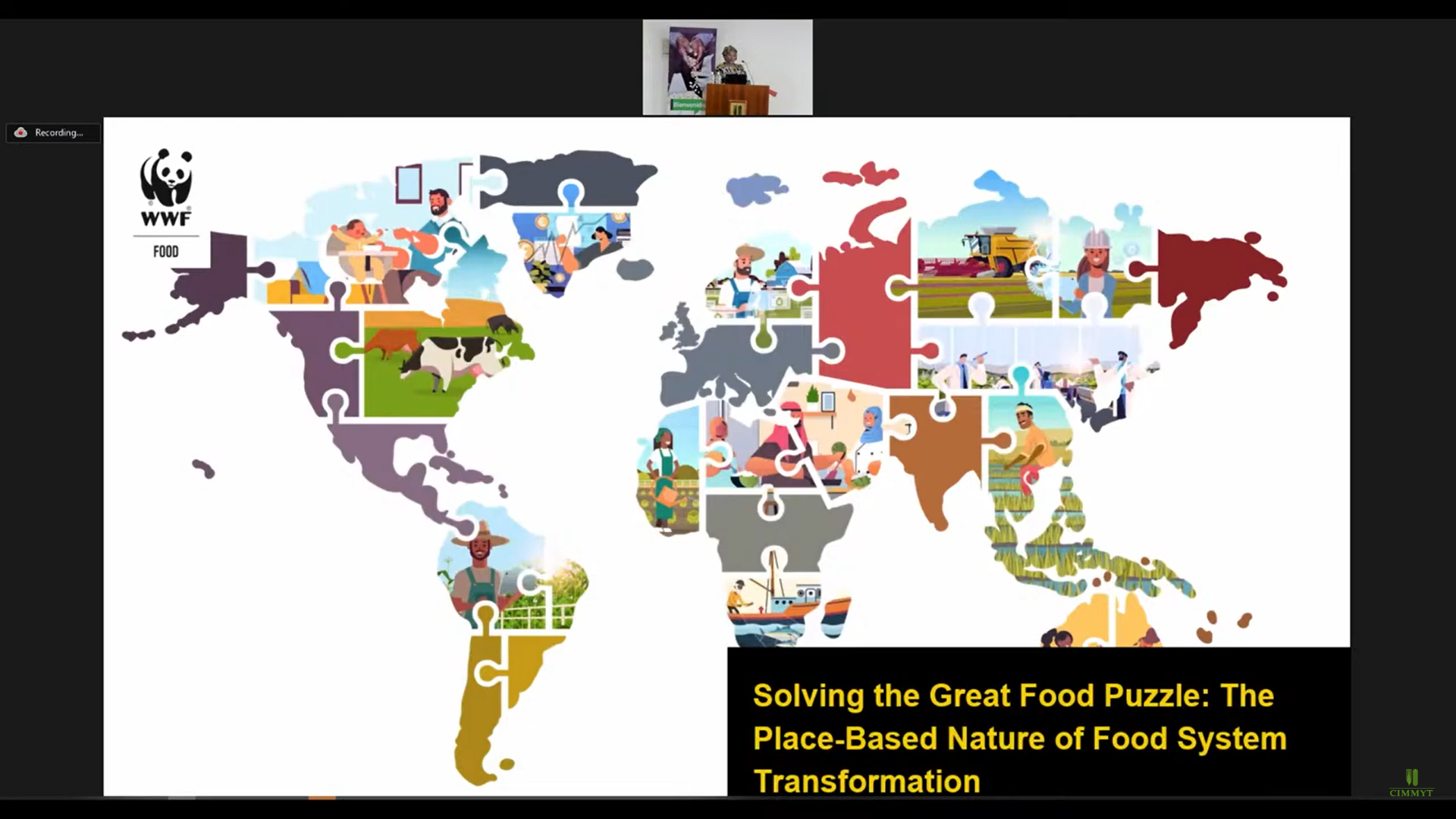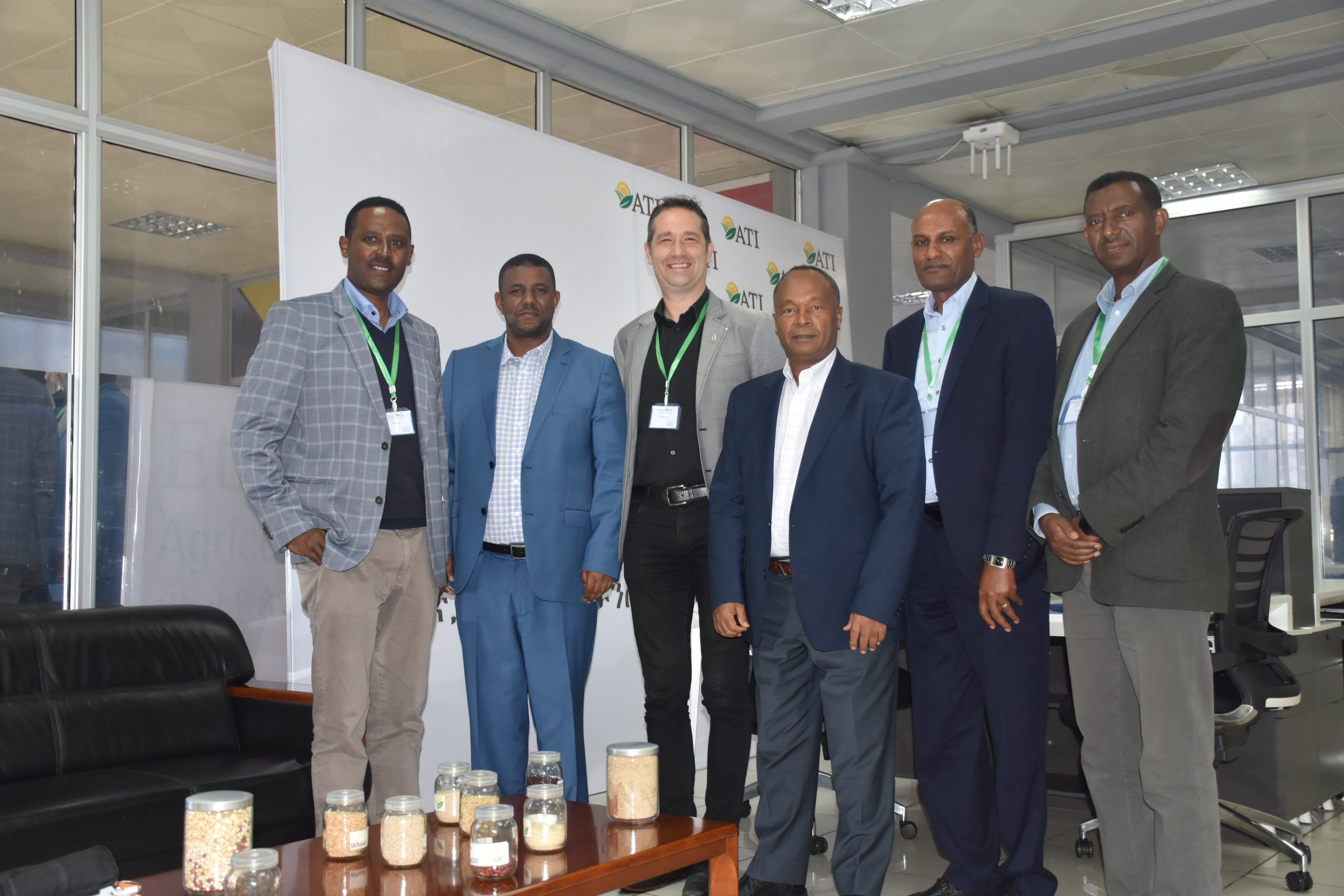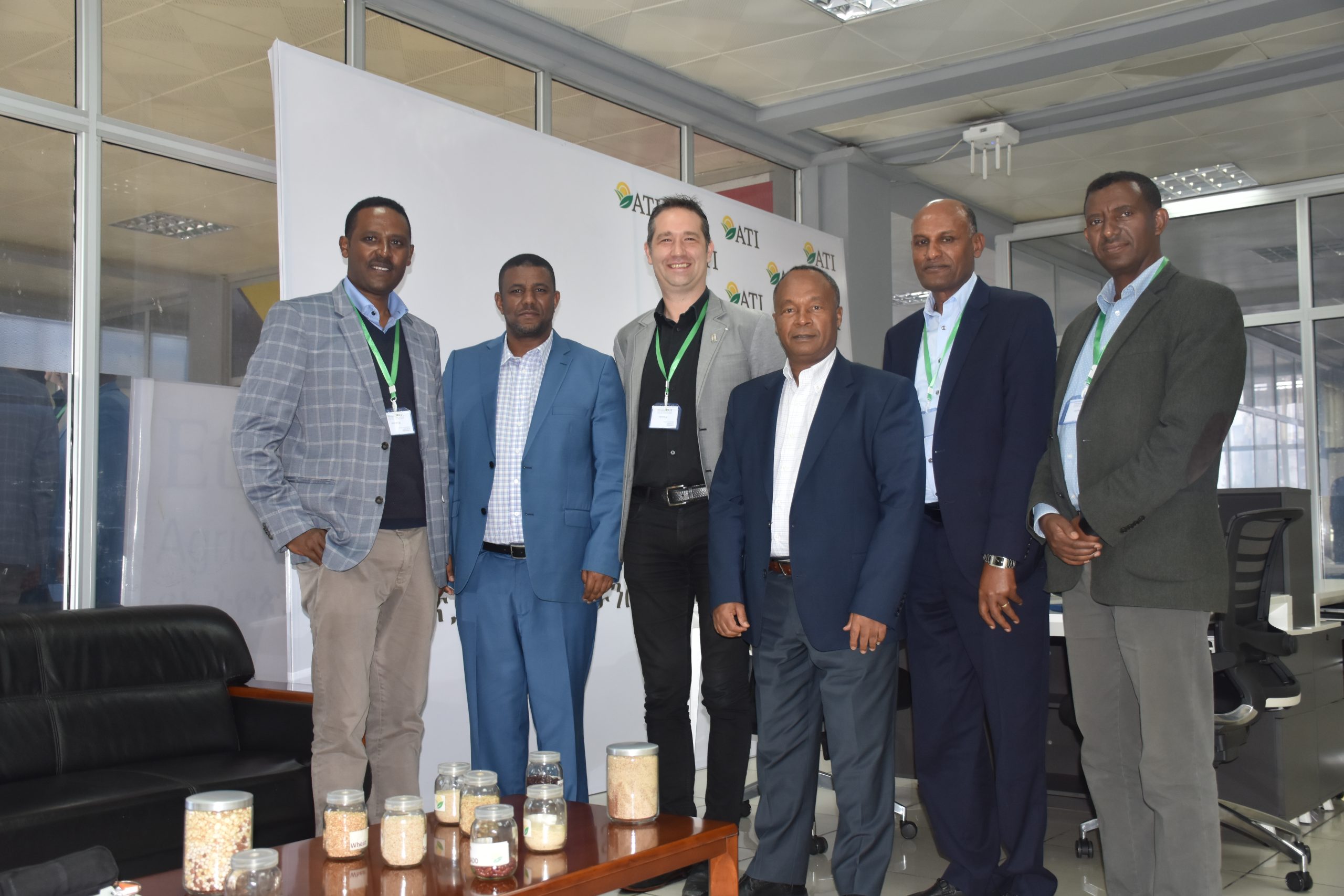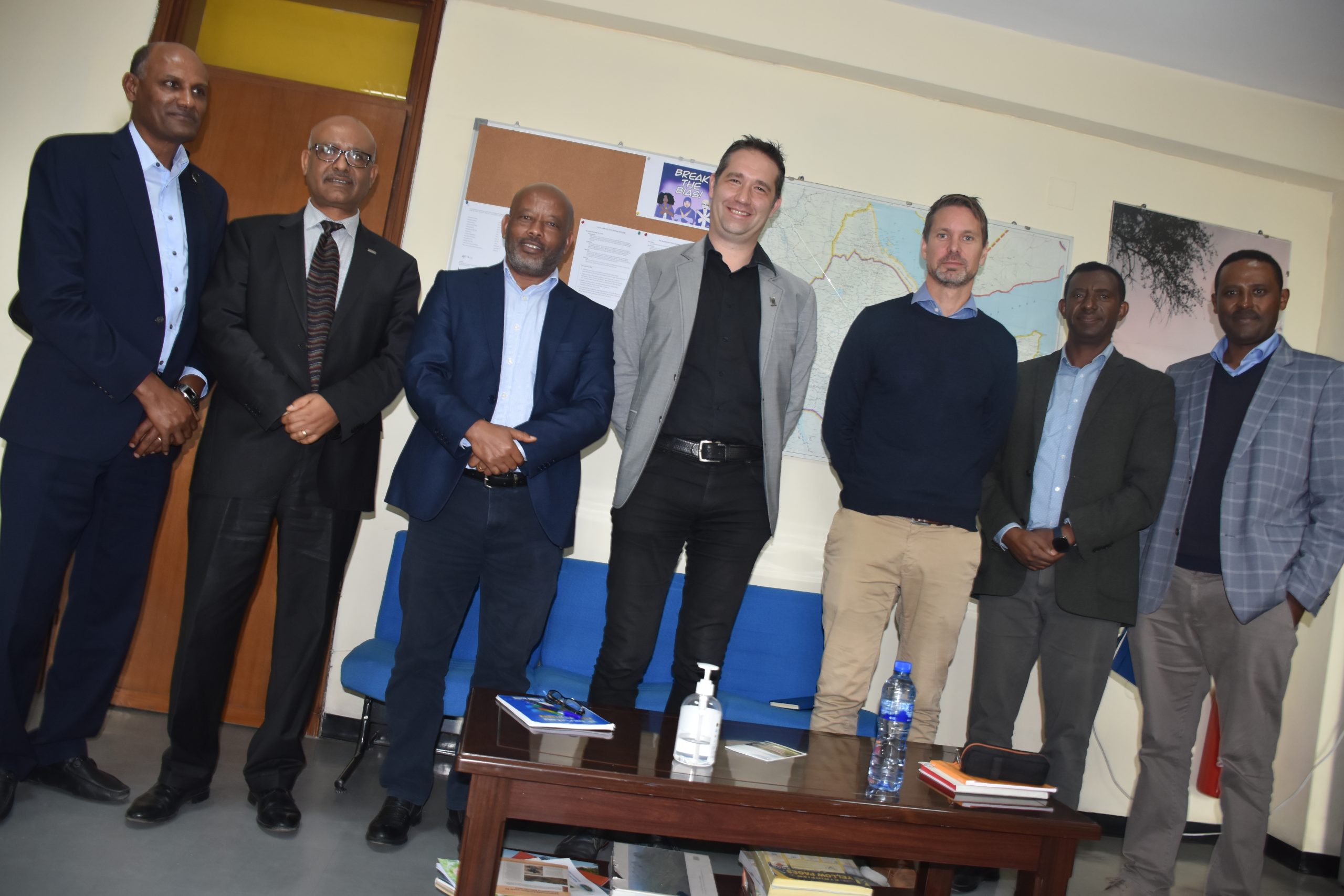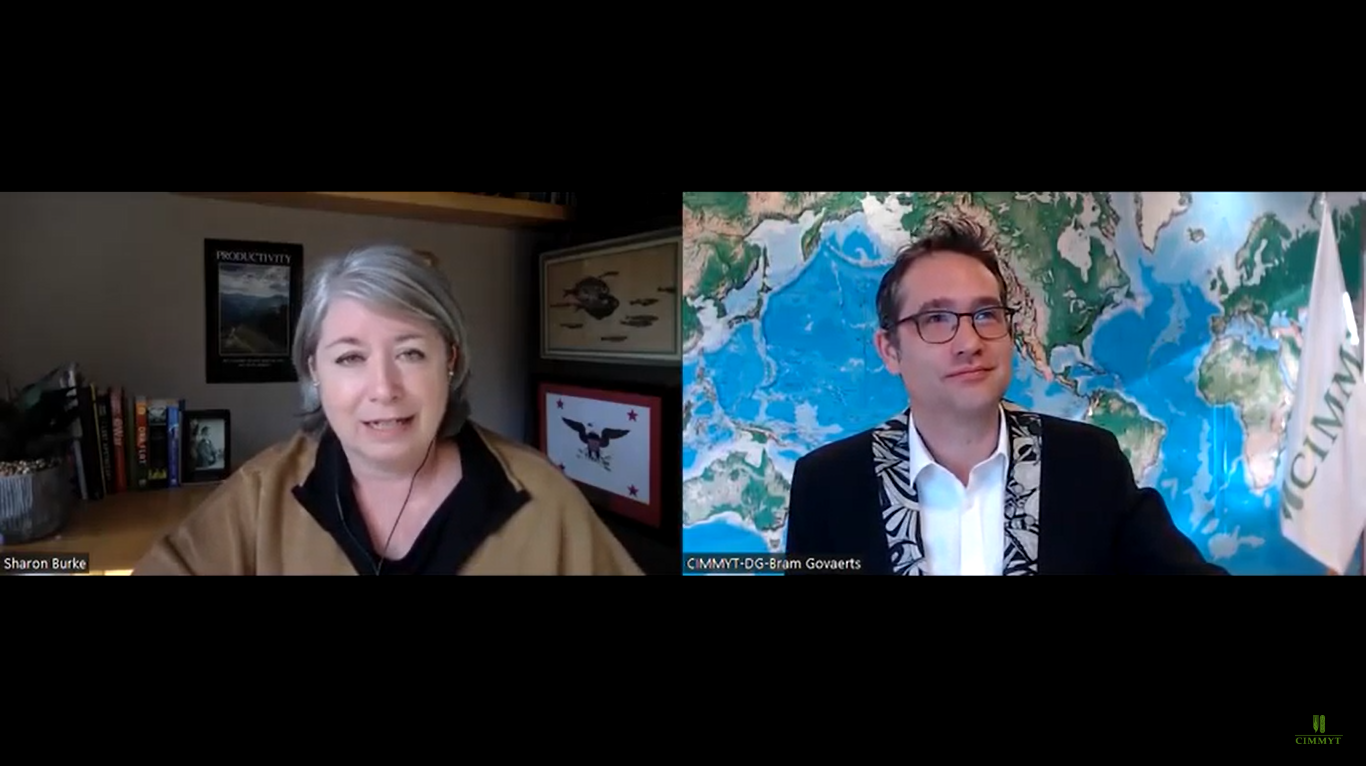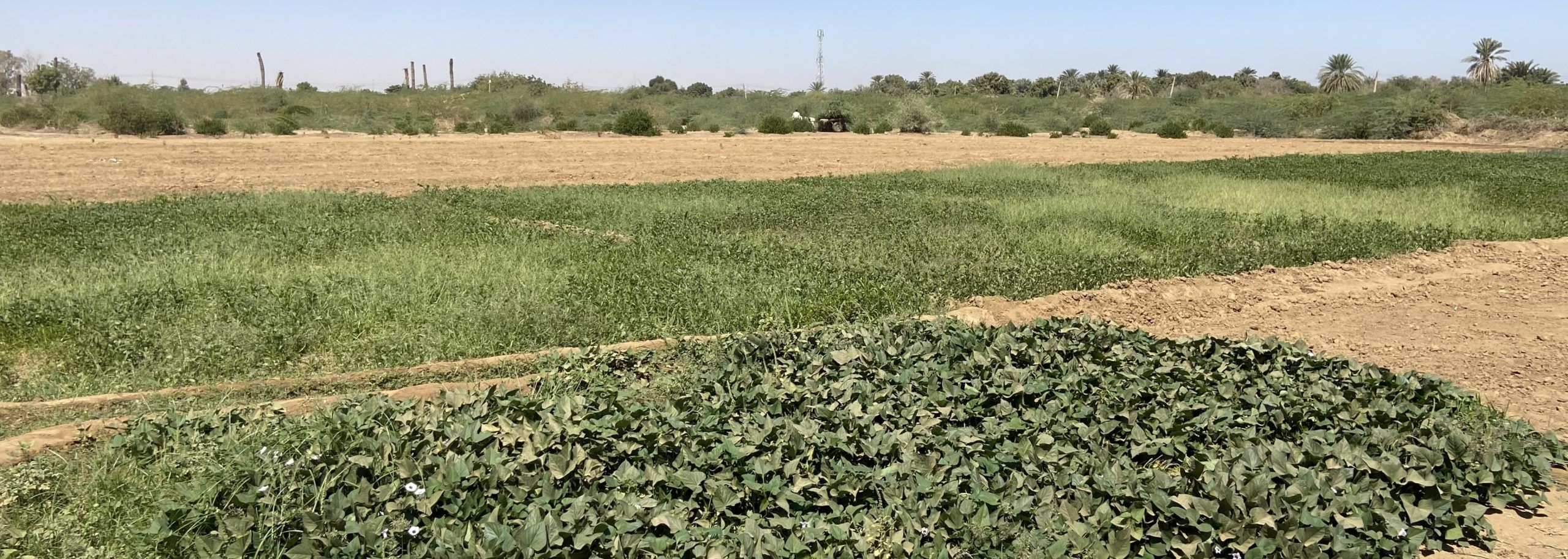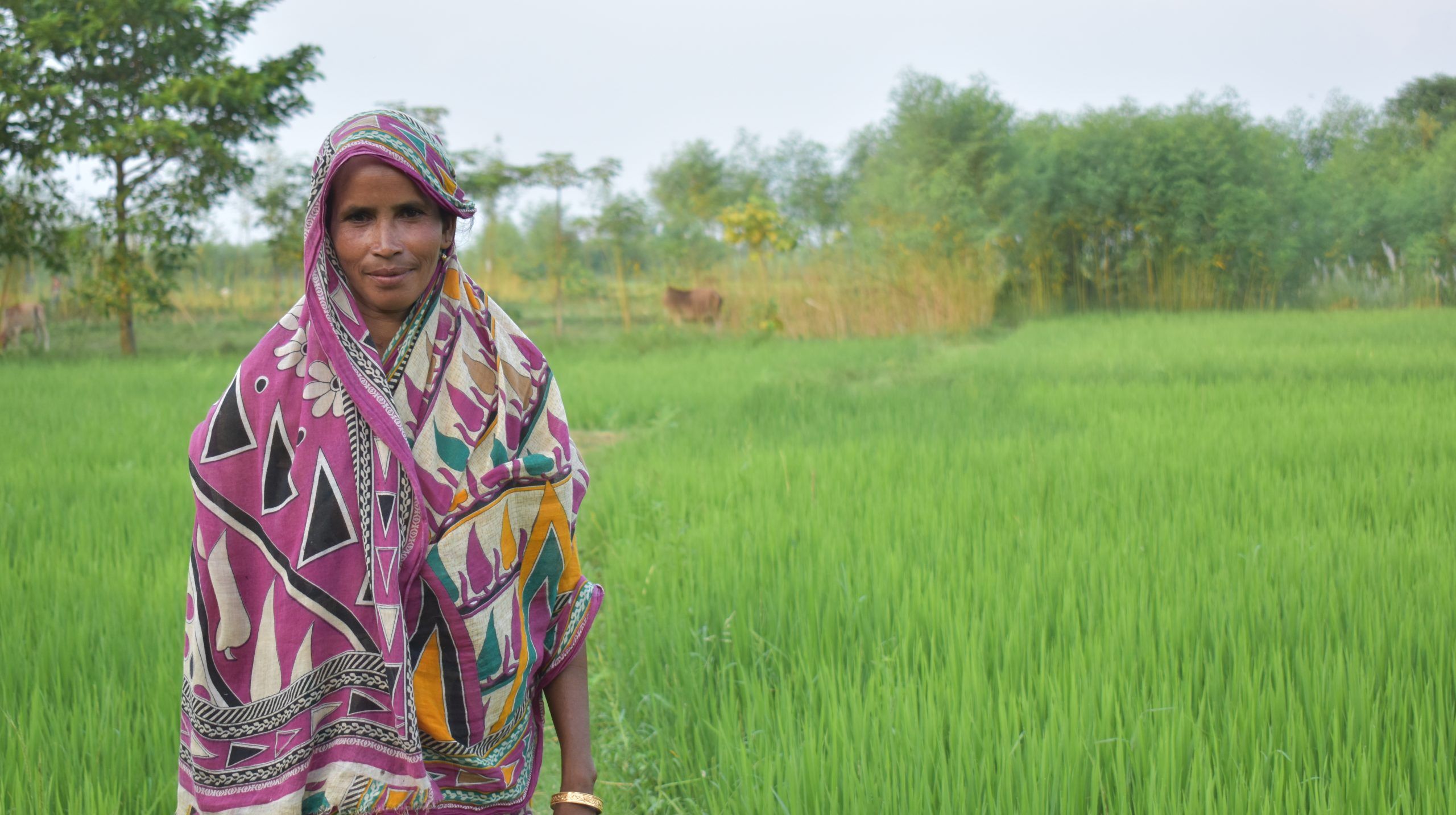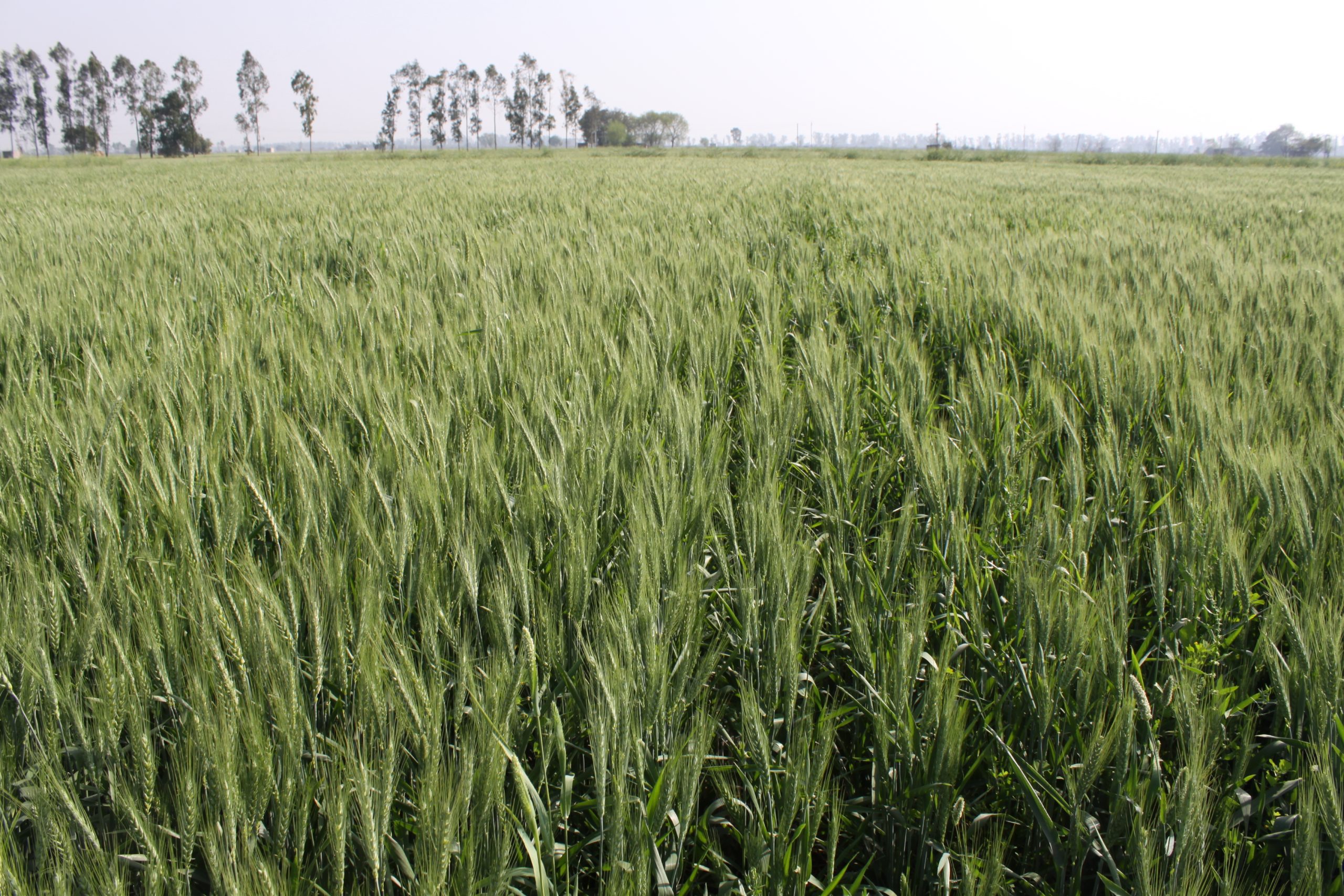Global science partnership promotes climate-smart pathways to address food security and climate crisis
Through decades-long Asian and global partnerships, the International Maize and Wheat Improvement Center (CIMMYT) is refining and spreading a suite of resource-conserving, climate-smart innovations for highly diverse maize- and wheat-based cropping systems, including more precise and efficient use of water and fertilizer, as well as conservation agriculture, which blends reduced or zero-tillage, use of crop residues or mulches as soil covers, and more diverse intercrops and rotations.
“Zero-tillage and residue management for cereals — that is, sowing the seed directly into unplowed soils and residues from the preceding rice crop — has been adopted on a significant area in the transact of Indo-Gangetic Plain, with positive impacts on crop yields, profitability, and resource-use efficiencies,” said Tek Sapkota, senior scientist in agricultural systems/climate change, CIMMYT.
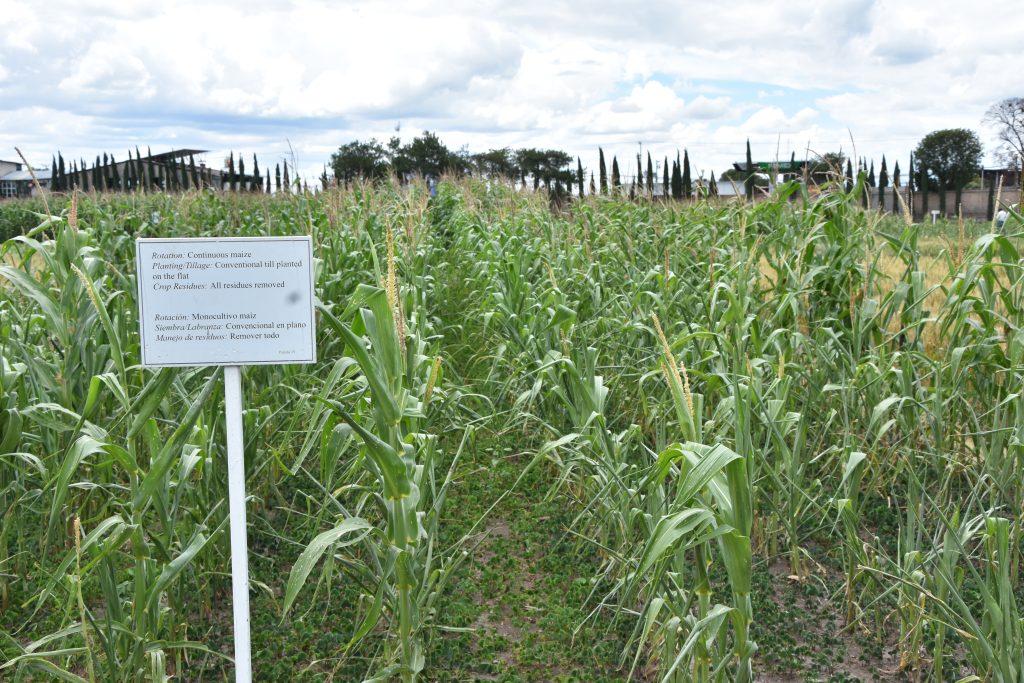
The paper “Conservation agriculture for sustainable intensification in South Asia,” published in the science journal Nature Sustainability reported that, compared to the conventional practice, conservation agriculture resulted overall in a 4.6% higher grain yield, a 14.6% improvement in water use efficiency, and a 25.6% greater net economic return. The net economic return was 40.5% higher for full conservation agriculture but, given the benefits of partial adoption of the practices, rigid adherence to an “all or nothing” approach to spread conservation agriculture in South Asia does not seem warranted.
Conservation agriculture also offers several ecosystem services. In the study data, global warming potential was reduced by as much as 33.5% in rice-wheat systems, values that are consistent with other research. Moreover, conservation agriculture-based practices provide an economically feasible alternative to burning rice residues, a serious public health threat in northwestern India given the roughly 23 million tons of residues that are burned each year in the region.
“More widespread adoption of zero-tillage in India has been made possible with the development of next-generation tractor-drawn implements that allow direct seeding into heavy residues, as well as business models whereby implement owners contract out with neighboring farmers to sow their crops and provide other services,” said Sapkota. “National governments in South Asia are actively promoting conservation agriculture to address residue burning and other farming sustainability problems.”
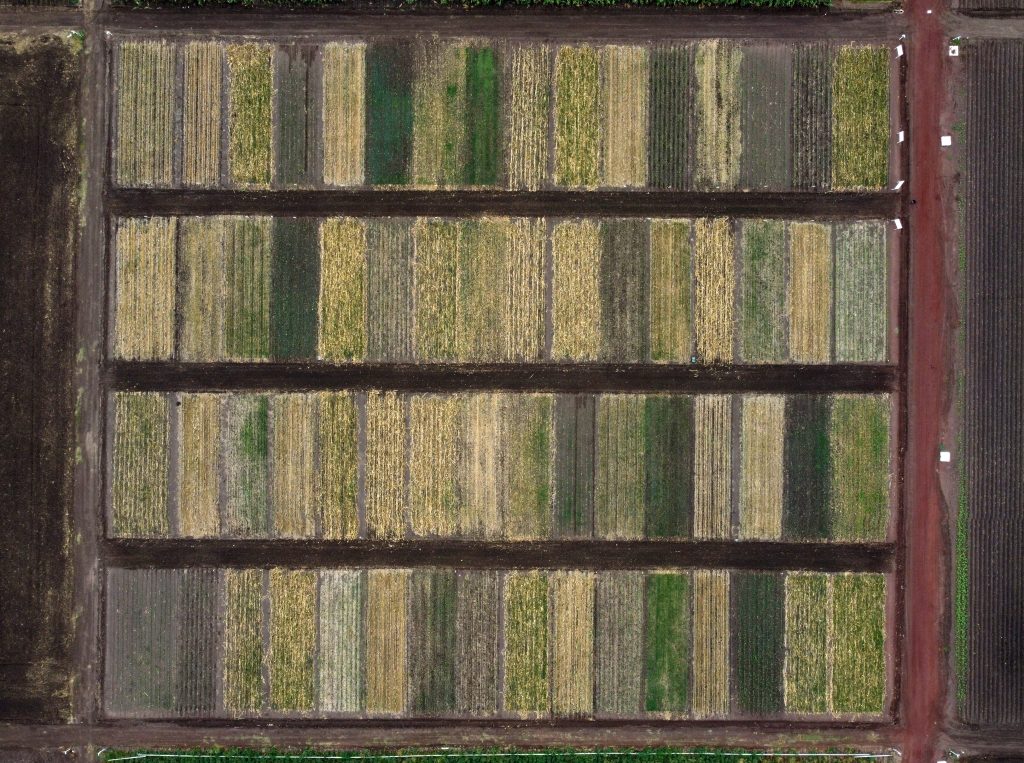
Fitting conservation agriculture to maize farming in Mexico
Efforts to adapt conservation agriculture and promote its adoption by farmers operating highly-diverse, mostly rainfed maize-based cropping systems in Mexico have had mixed results. A recent study assessed soil health in 20 trials in starting between 1991 and 2016 in agro-ecologies ranging from handplanted traditional systems to intensive irrigated systems, contrasting conservation agriculture effects with those of local conventional practices, which commonly involve tillage, residue removal, and continuous maize production.
As reported in the 2021 paper “Effects of conservation agriculture on physicochemical soil health in 20 maize-based trials in different agro-ecological regions across Mexico,” published in the science journal Land Degradation and Development, conservation agriculture increased maize yields at most sites by 0.85 tons per hectare, on average. Organic matter and nitrates were higher in topsoils under conservation agriculture and soil aggregate stability was greater, meaning the soil more effectively moved air and water to plant roots. For other soil health parameters, such as nutrient content, pH, or compaction, most values were determined more by local soil type than by crop management.
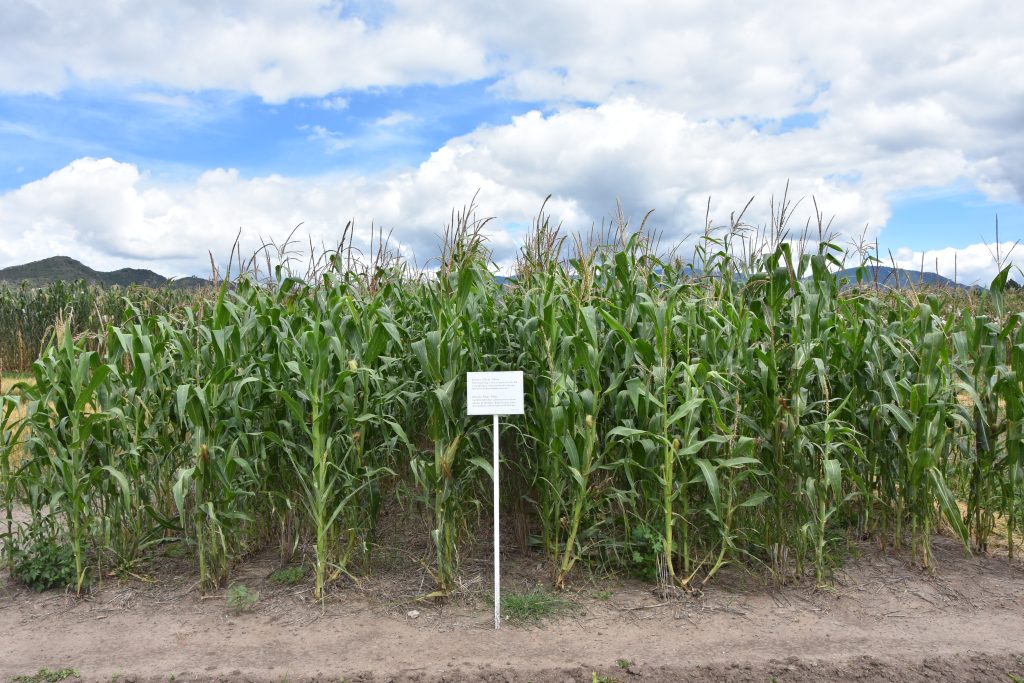
“Given the significant variation across agro-ecologies, local adaptive trials are important to assess the effects of conservation agriculture on soil health and fit it to local conditions,” said Simon Fonteyne, a CIMMYT cropping systems agronomist and first author of the paper.
Emissions control
Several recent studies have assessed the costs and potential of various sustainable intensification technologies for reducing greenhouse gas emissions in India, Bangladesh and Mexico. Their findings can help inform national policies on food security, economic development and environment, including those relating to the Paris Agreement.
In the 2019 study “Cost-effective opportunities for climate change mitigation in Indian agriculture,” published in the journal Science of the Total Environment, CIMMYT and partners found that estimated total emissions from Indian agriculture were 481 tons of CO2 equivalent (MtCO2e) in 2012, with crops contributing over 40% and livestock nearly 60%. Under a business-as-usual scenario, agricultural greenhouse gas emissions in India would be 515 MtCO2e by 2030. This annual emissions could be reduced by 85.5 MtCO2e through adoption of mitigation practices and about 80% of that reduction could be achieved through measures that would actually save money and, in many cases, could be implemented with current technology. The efficient use of fertilizer, zero-tillage, and rice-water management could deliver more than 50% of the technical abatement potential.
“Realization of this mitigation potential will depend largely on the extent adoption by farmers,” said Sapkota, who was lead author of the study. “Large-scale adoption of apparently win-win options is not happening, so the government of India will need to apply appropriate policy measures and incentives, consistent with its food security and emission reduction goals.
A similar study in Bangladesh, reported in the 2021 paper “Quantifying opportunities for greenhouse gas emissions mitigation using big data from smallholder crop and livestock farmers across Bangladesh,” published in the journal Science of the Total Environment, found greenhouse gas emissions from agriculture in Bangladesh of 76.8 MtCO2e for 2014–15. Yearly emissions by 2030 under a business-as-usual approach would approximate 86.9 MtCO2e and, by 2050, about 100 MtCO2e. Adoption of realistic, climate-smart crop and livestock management options to reduce emissions offer mitigation opportunities of 9.51 MtCO2e per year by 2030 and 14.21 MtCO2e by 2050. As much as 75% of this potential can be achieved through cost-saving options that benefit smallholder farmers. As is the case for India, realization of this potential largely depends on the degree to which supportive policies and measures can encourage farmer adoption.
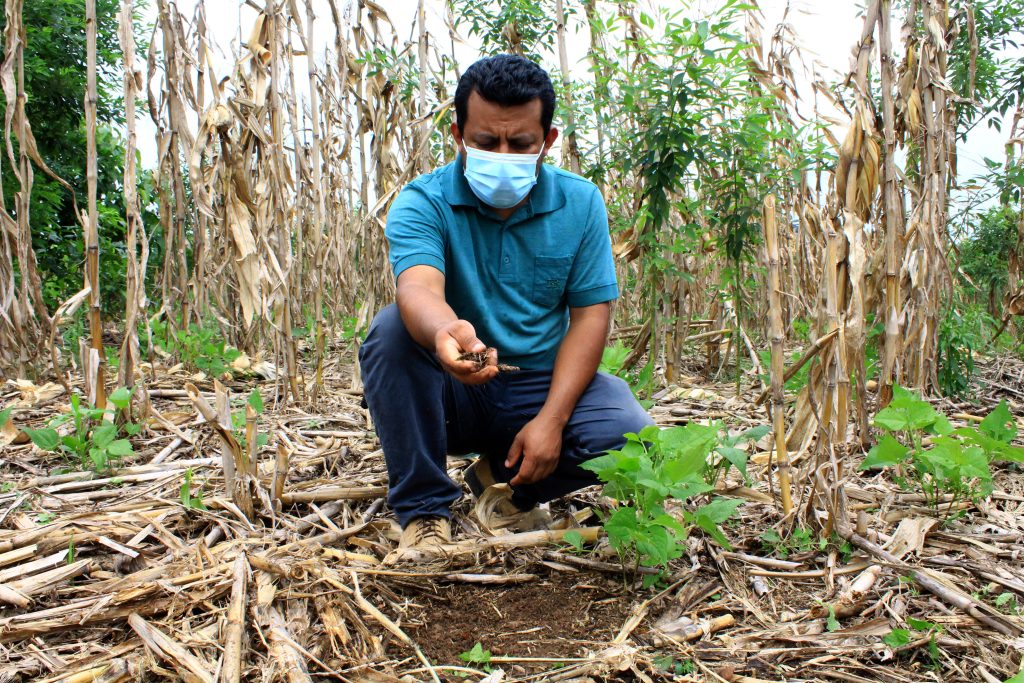
A similar rapid assessment of costs for to mitigate greenhouse gas emissions from crops, livestock, and forestry in Mexico found a national mitigation potential of 87.9 MtCO2eq per year, fully 72.3 MtCO2eq from livestock. As reported in the 2022 paper, “Quantification of economically feasible mitigation potential from agriculture, forestry and other land uses in Mexico,” published in the science journal Carbon Management, implementing mitigation potential on Mexican cropland could bring net benefits, compared to livestock and forestry options, which involve net costs. In the 2021 paper “Reduced Water Use in Barley and Maize Production Through Conservation Agriculture and Drip Irrigation” a reduction of emissions caused by lower fuel use in conservation agriculture of 192 kg CO2 ha−1 was measured in farmers fields, as well as an increase in soil carbon and a reduction in water use.
